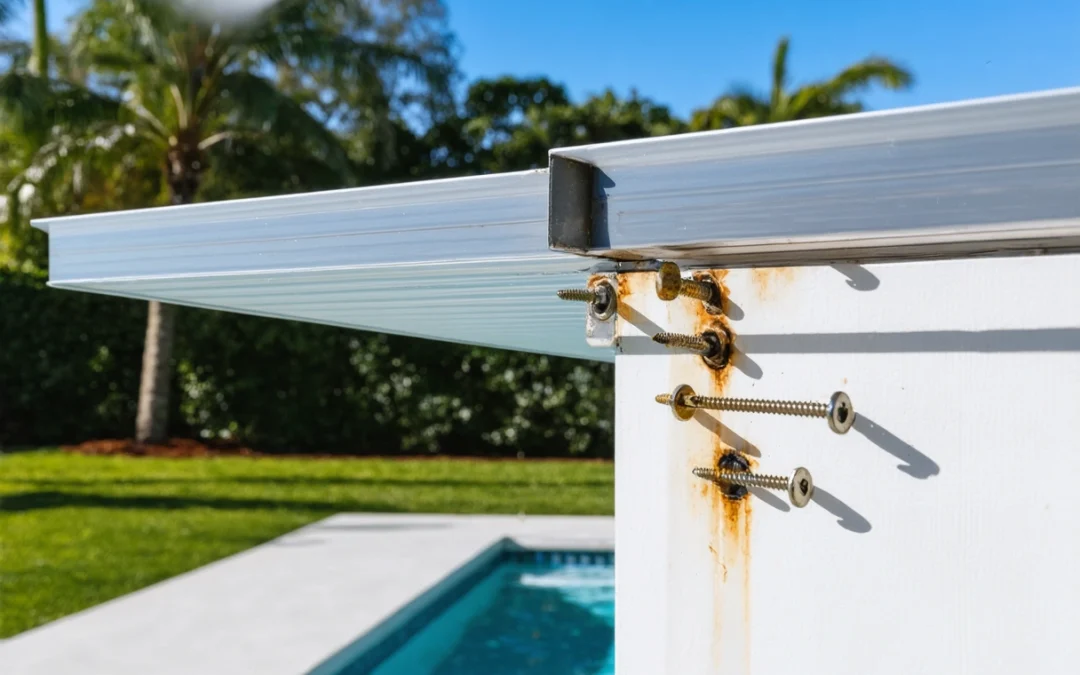Understanding the Importance of Regular Screw Changeouts for Your Aluminum Structures
Aluminum structures are renowned for their strength, durability, and corrosion resistance, making them a popular choice for everything from residential patios and decks to industrial frameworks and marine applications. However, an often overlooked yet critical aspect of maintaining these structures is the regular inspection and replacement of their fastening components, particularly screws. In this comprehensive guide, we will explore why regular screw changeouts are vital for the longevity and safety of your aluminum structures, the science behind screw degradation, and best practices for maintaining structural integrity through proper screw maintenance.
Whether you are a property owner, a facility manager, or a professional contractor, understanding the nuances of screw changeouts can save you from costly repairs, potential safety hazards, and unexpected structural failures. Let’s delve into the specifics of why this process is so essential and how you can effectively implement it as part of your routine maintenance strategy.
The Crucial Role of Screws in Aluminum Structures
Screws are the unsung heroes of structural assemblies, providing the primary means of fastening and holding together various components. In aluminum structures, the choice of screw material, size, and coating directly impacts the overall strength and resilience of the assembly. Screws bear the brunt of mechanical stress, thermal expansion, and environmental exposure, making their condition pivotal to the structure’s performance.
Aluminum is a relatively soft metal, and while it is naturally resistant to corrosion, it is not immune to the effects of dissimilar metal contact, stress, and environmental factors. The screws used in these structures are frequently made from stainless steel or coated metals to minimize galvanic corrosion. However, even the best screws can degrade over time, leading to loosening, rust formation, or even catastrophic failure if not properly maintained. Understanding the mechanisms of fastener corrosion is essential for anyone responsible for the upkeep of aluminum assemblies.
Why Do Screws in Aluminum Structures Degrade?
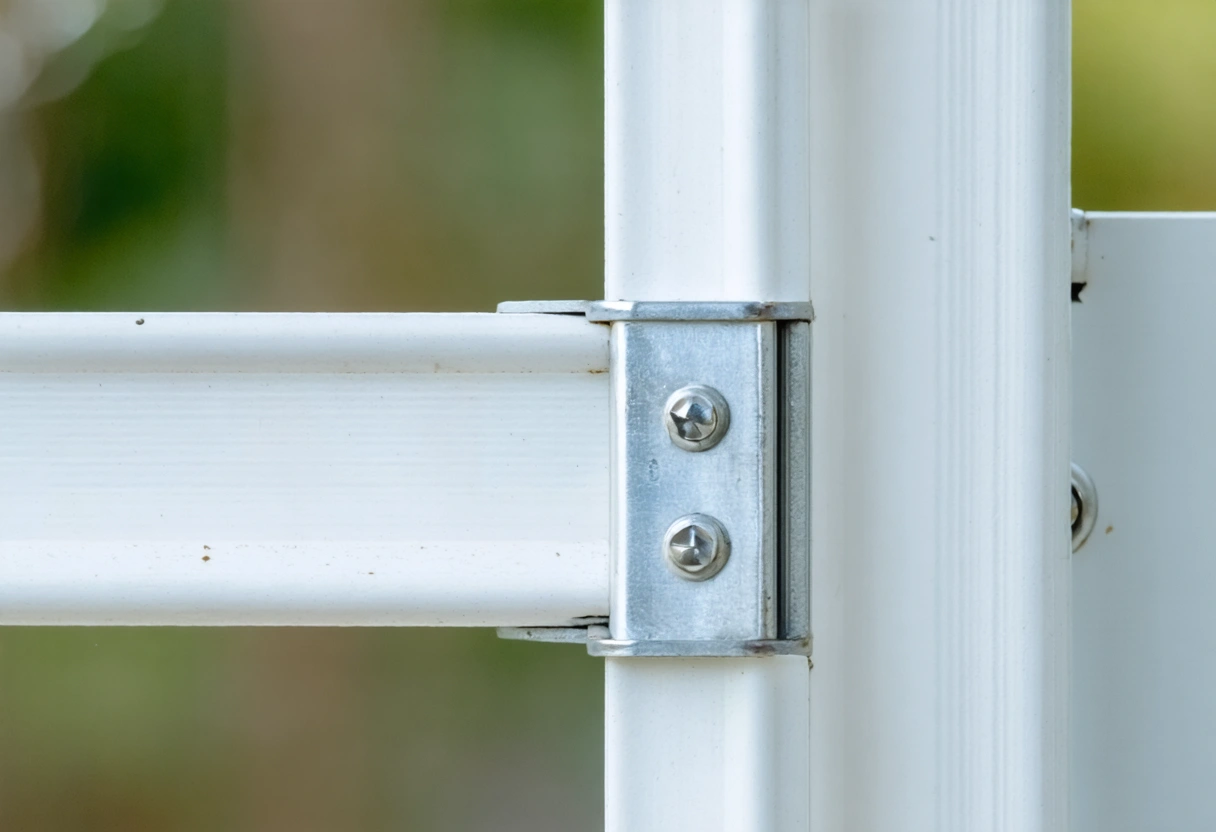
There are several factors that contribute to the degradation of screws in aluminum structures. One of the most significant is galvanic corrosion, which occurs when two dissimilar metals are in electrical contact in the presence of an electrolyte, such as rainwater or humidity. The less noble metal (often the screw) corrodes faster, compromising the joint’s integrity. Over time, this can lead to visible rust, pitting, and eventual structural failure.
In addition to galvanic corrosion, screws are subjected to repeated cycles of loading and unloading, temperature fluctuations, and vibration. These forces can cause screws to loosen, fatigue, or shear. Environmental factors such as salt spray in coastal regions, industrial pollutants, and acid rain can also accelerate degradation. Regularly inspecting and changing out screws is the only way to mitigate these risks and prolong the life of your aluminum structures. Learn more about galvanic corrosion and its effects on aluminum and steel fasteners.
The Risks of Neglecting Screw Maintenance
Neglecting regular screw changeouts can have severe consequences for both the structural integrity and safety of your aluminum framework. As screws degrade, their ability to securely fasten components diminishes, leading to gaps, misalignments, and increased movement under load. This can result in creaking noises, visible instability, and in extreme cases, partial or complete collapse of the structure.
In industrial or commercial settings, compromised aluminum assemblies can put personnel and equipment at risk, potentially leading to injury or financial loss. For residential structures, such as decks or pergolas, degraded screws can reduce the lifespan of the installation and necessitate costly repairs. Regular screw changeouts are a proactive measure to prevent such issues, ensuring safety and preserving property value. For a deeper understanding of workplace safety standards related to structural maintenance, explore this comprehensive guide.
Best Practices for Regular Screw Changeouts
Implementing a systematic screw inspection and replacement protocol is the key to maintaining the integrity of your aluminum structures. Below, we outline best practices that can be adapted to suit various types of assemblies and environments.
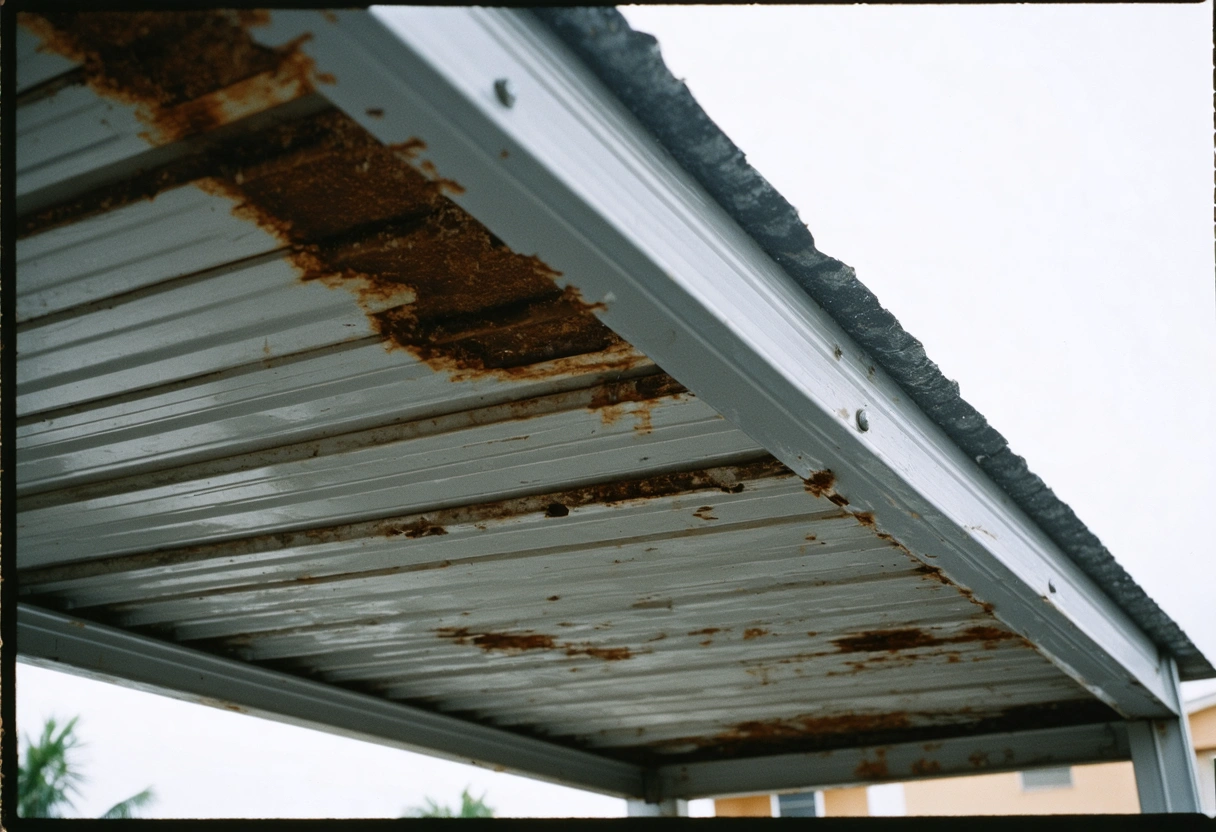
1. Scheduled Inspections
Establish a regular schedule for inspecting all screws and fasteners in your aluminum structures. For outdoor or marine environments, inspections should be more frequent due to increased exposure to corrosive elements. At a minimum, a thorough inspection should be conducted annually, with additional checks following severe weather events or heavy usage periods.
During inspections, look for signs of corrosion, rust, pitting, discoloration, or physical deformation. Use a torque wrench to check for proper tightness, as loose screws are often an early warning sign of degradation. Document your findings and replace any suspect screws immediately to prevent further damage.
2. Selecting the Right Replacement Screws
Not all screws are created equal. When performing changeouts, it’s crucial to select screws that are compatible with aluminum to minimize galvanic reactions. Stainless steel screws, particularly those made from grades 304 or 316, are commonly used due to their high resistance to corrosion and strength. In some cases, coated or anodized screws may offer additional protection.
Ensure the diameter and length of the replacement screws match the original specifications to maintain load-bearing capacity and avoid damaging the aluminum threads. If you’re unsure about the best choice, consult resources like this guide to selecting fasteners for aluminum for expert advice.
3. Proper Installation Techniques
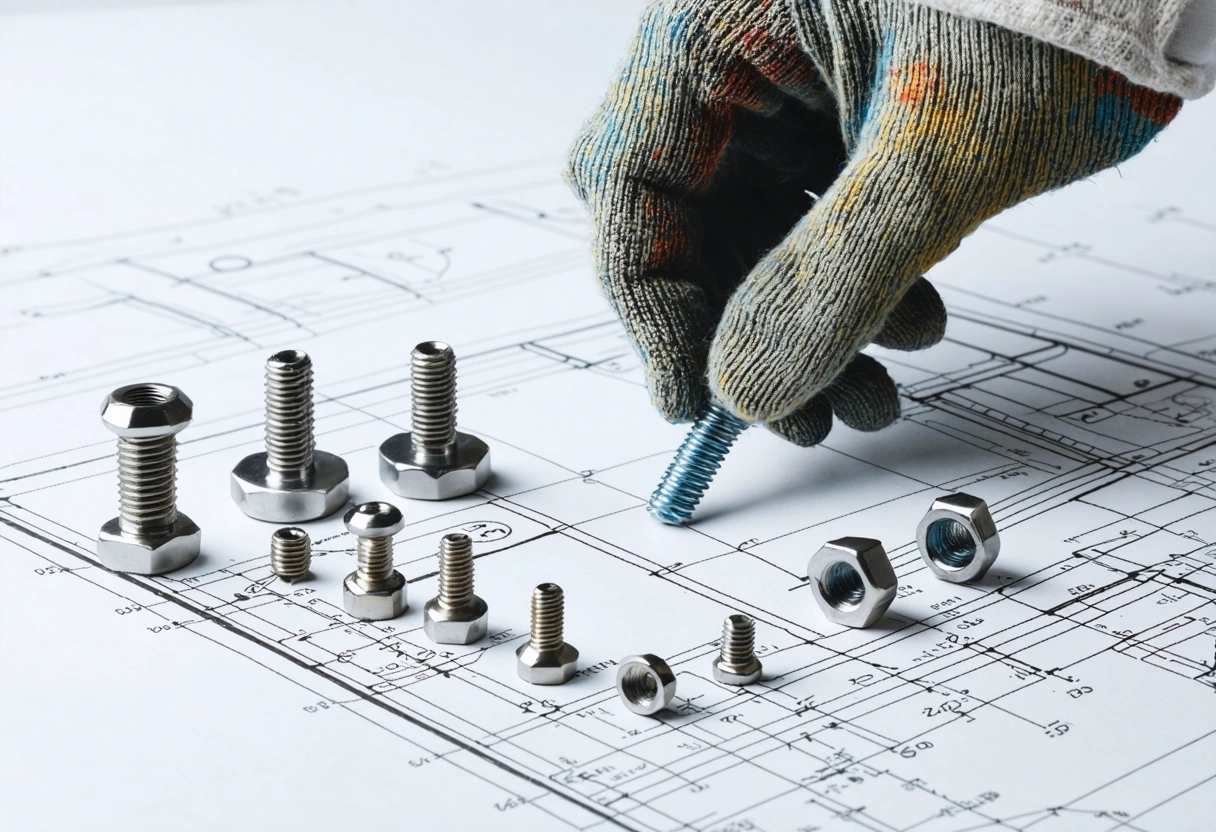
Installing new screws requires attention to detail. Always clean the contact surfaces to remove debris and oxidation before inserting the new fastener. Use anti-seize lubricants or isolating washers when recommended, as these products can help reduce friction and prevent direct metal-to-metal contact, further mitigating the risk of galvanic corrosion.
Apply torque according to manufacturer recommendations, as over-tightening can strip the aluminum threads or cause stress fractures. Conversely, under-tightening can result in loose connections. Consistency in installation is essential for optimal performance and safety.
4. Environmental Considerations
The environment in which your aluminum structure is located plays a significant role in how frequently screws need to be changed. Coastal, industrial, or highly humid environments accelerate corrosion rates, necessitating more frequent inspections and replacements. For structures exposed to saltwater, such as docks or boat lifts, consider using marine-grade fasteners and protective coatings for maximum durability.
In less aggressive environments, standard stainless steel screws may suffice, but periodic monitoring is still required. For more information on how environmental factors affect metal fasteners, take a look at this detailed FEMA guide on maintaining structures in challenging environments.
Case Studies: Real-World Implications of Screw Changeouts
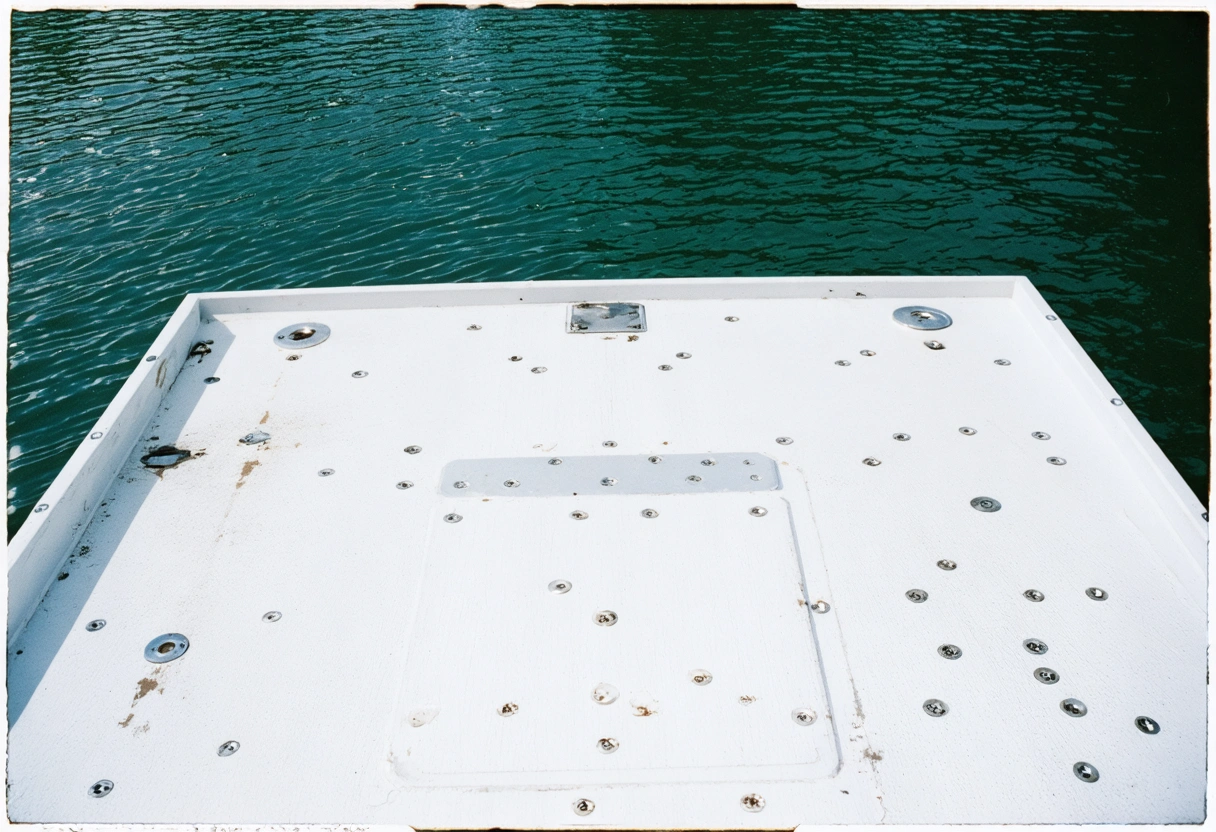
The importance of regular screw changeouts is best illustrated through real-world examples. Below, we examine a few scenarios where diligent screw maintenance made a tangible difference in the performance and longevity of aluminum structures.
Residential Decks and Patios
Homeowners with aluminum-framed decks or pergolas often assume that the inherent corrosion resistance of aluminum negates the need for regular fastener maintenance. However, in one documented case, a lakeside deck began to exhibit significant wobbling just five years after installation. Inspection revealed that the original zinc-plated screws had corroded due to moisture exposure, causing several joints to loosen. After replacing all fasteners with marine-grade stainless steel screws and establishing a semi-annual inspection routine, the deck’s stability and safety were restored.
Commercial Walkways and Platforms
In commercial and industrial settings, the stakes are even higher. A manufacturing facility in a coastal city faced frequent downtime due to the failure of aluminum walkways and platforms. Investigation showed extensive galvanic corrosion where carbon steel screws were used to join aluminum components. By switching to coated stainless steel fasteners and implementing a quarterly screw changeout schedule, the facility drastically reduced maintenance costs and improved overall safety.
Marine Structures
Marine environments are notoriously harsh on metal structures. A marina operator reported that several aluminum docks experienced premature fastener failure despite the use of stainless steel screws. The culprit was a lack of isolating washers and insufficient screw inspections. Adopting a more robust changeout protocol, including the use of nylon washers and bi-annual inspections, extended the lifespan of the docks and minimized costly repairs. For further reading on marine fastener maintenance, see this expert overview on choosing and maintaining marine fasteners.
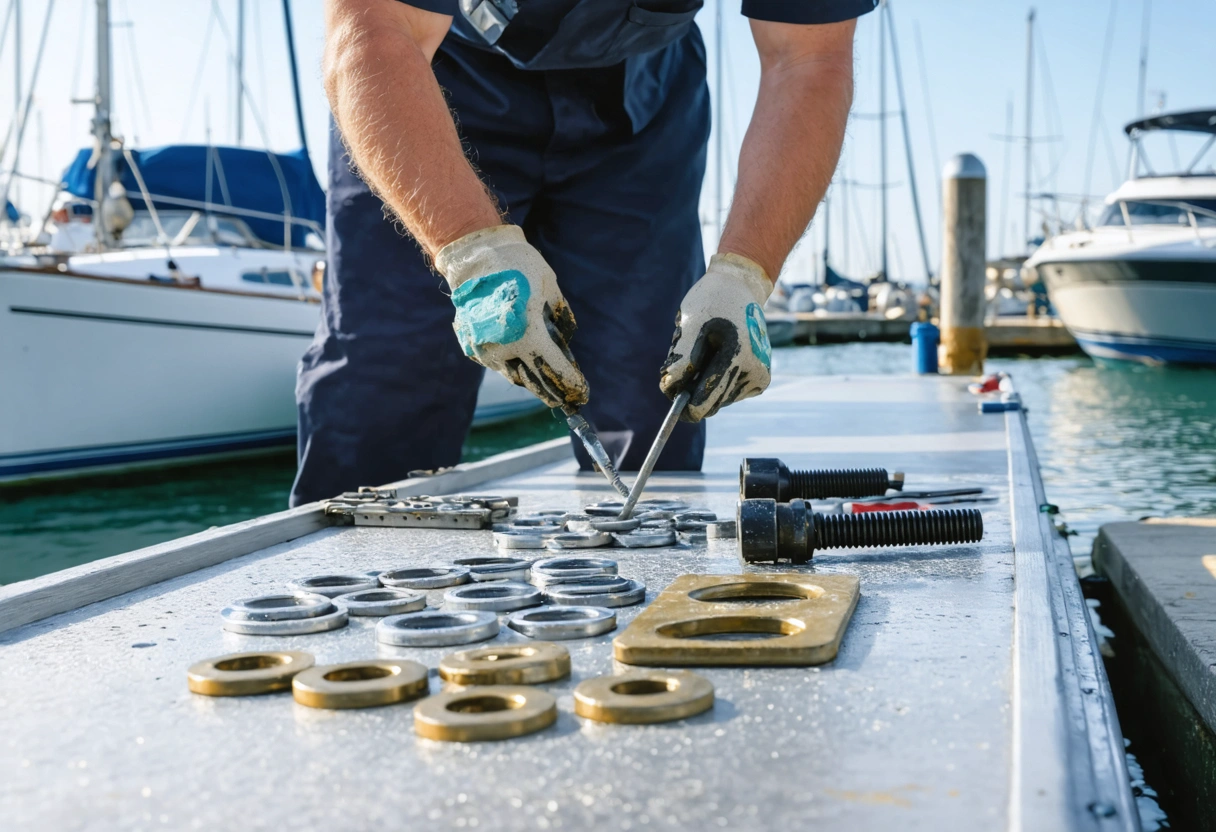
How to Create a Screw Changeout Schedule
Developing an effective screw changeout schedule involves assessing usage patterns, environmental exposure, and manufacturer recommendations. Start by creating an inventory of all aluminum structures and their fastener types. Assign inspection intervals based on location and exposure, with higher-risk areas receiving more frequent attention. Use checklists to track which screws have been replaced, and set reminders to review high-stress or high-traffic joints more often.
Incorporate visual inspections, torque testing, and documentation into your routine. Keep spare screws and tools on hand to facilitate immediate replacements as needed. Training staff or household members on the basics of fastener inspection can also help catch problems early, further reducing the risk of major structural issues.
Proactive Maintenance for Peace of Mind
Regular screw changeouts are an essential component of responsible aluminum structure ownership. By understanding the unique challenges posed by dissimilar metal contact, environmental exposure, and mechanical stress, you can implement a maintenance plan that preserves both the safety and longevity of your investment. Proactive screw inspections and replacements not only prevent catastrophic failures but also ensure compliance with safety standards and manufacturer warranties.
Remember, the integrity of your aluminum structure depends as much on the quality and condition of its screws as on the aluminum itself. With a systematic approach to screw changeouts, you can enjoy the benefits of sturdy, resilient, and long-lasting aluminum assemblies for years to come. For further technical insights, refer to this in-depth article on fastener inspection and maintenance.
Need help with Understanding the Importance of Regular Screw Changeouts for Your Aluminum Structures?
